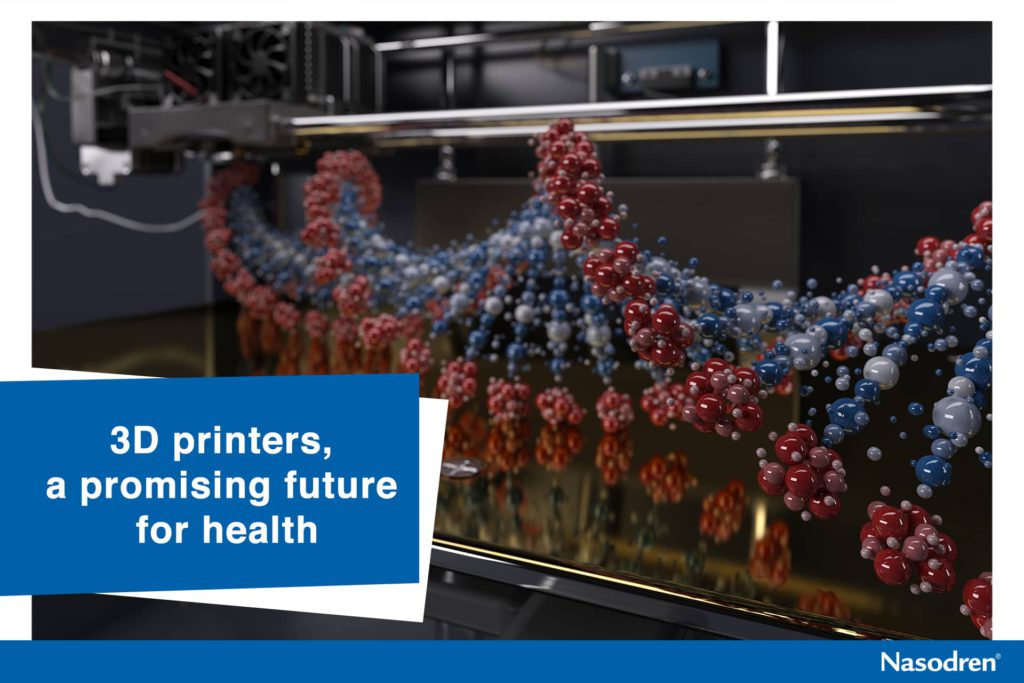From ancient Egypt to modern civilization, human beings have attempted to replace missing body parts to help disabled individuals. Congenital conditions, diseases, and traumas due to accidents or wars have forced care providers to look for solutions throughout history, though it hasn’t been easy.
For centuries, prostheses of many sizes and shapes have helped people cope with reduced mobility or other physical impediments. Still, their efficacy has been limited by the lack of medical, technological, and economic resources. Fortunately, as technology continues to evolve, significant breakthroughs keep filling us with hope for what we already have and what’s about to come. And it all sounds amazing!
In this case, we want to talk about 3D printers, which have turned out to be an unexpected ally for health purposes. If we have already witnessed incredible devices such as the Linx artificial leg, which enables communications between knees and ankles using microprocessors, there’s also a whole new ocean of possibilities provided by 3D printers.
As their name implies, such machines create 3D-printed objects out of virtual designs that are previously scanned or modelled with software. As if by magic, 3D printers are capable of bringing those 3D digital copies to reality through a fascinating process: they successively print horizontal layers upon layers of material until the three-dimensional object is formed.
Alright, so what implications does this have for medical care? So many that it’s even hard to conceive right now. Basically, by drawing upon 3D design, medical imaging, and 3D printing, practitioners can now do personalized medicine according to patient-specific data. This is meant to come in handy for surgical procedures, as it’s possible to reshape bone structure, cartilage, or muscles. It also enables doctors to work on implants and replacements by using 3D models and tools that adapt to each patient’s needs!
For instance, such innovation has already proved a very positive outcome when dealing with jaw and maxillofacial surgery, cranial implants, and even heart surgery (for instance, by building custom implants to fix defects in the ventricles). Plus, 3D printers may help improve operating room efficiency, considering that professionals can analyse and work on models that make their performance easier.
Another good aspect has to do with the costs involved, which makes 3D printing technology and its resulting devices, tools, and prosthetics way more accessible to people worldwide. Such is the case of prosthetic hands and admirable projects like the one undertaken by Enabling the Future, using 3D printers to create free 3D printed hands and other missing limbs for those in need.
All in all, 3D printers seem to be laying the groundwork for a new, more democratic way of approaching certain physical conditions. It may also bring along new products, methods, and a powerful transformation of the healthcare industry as we know it. Of course, if that means that more and more people will end up getting the treatments they need, we can do nothing but celebrate such an advancement!
Nasodren is 100% natural, with no rebound efect
Effectively reduces nasal congestion
Buy now HERE
